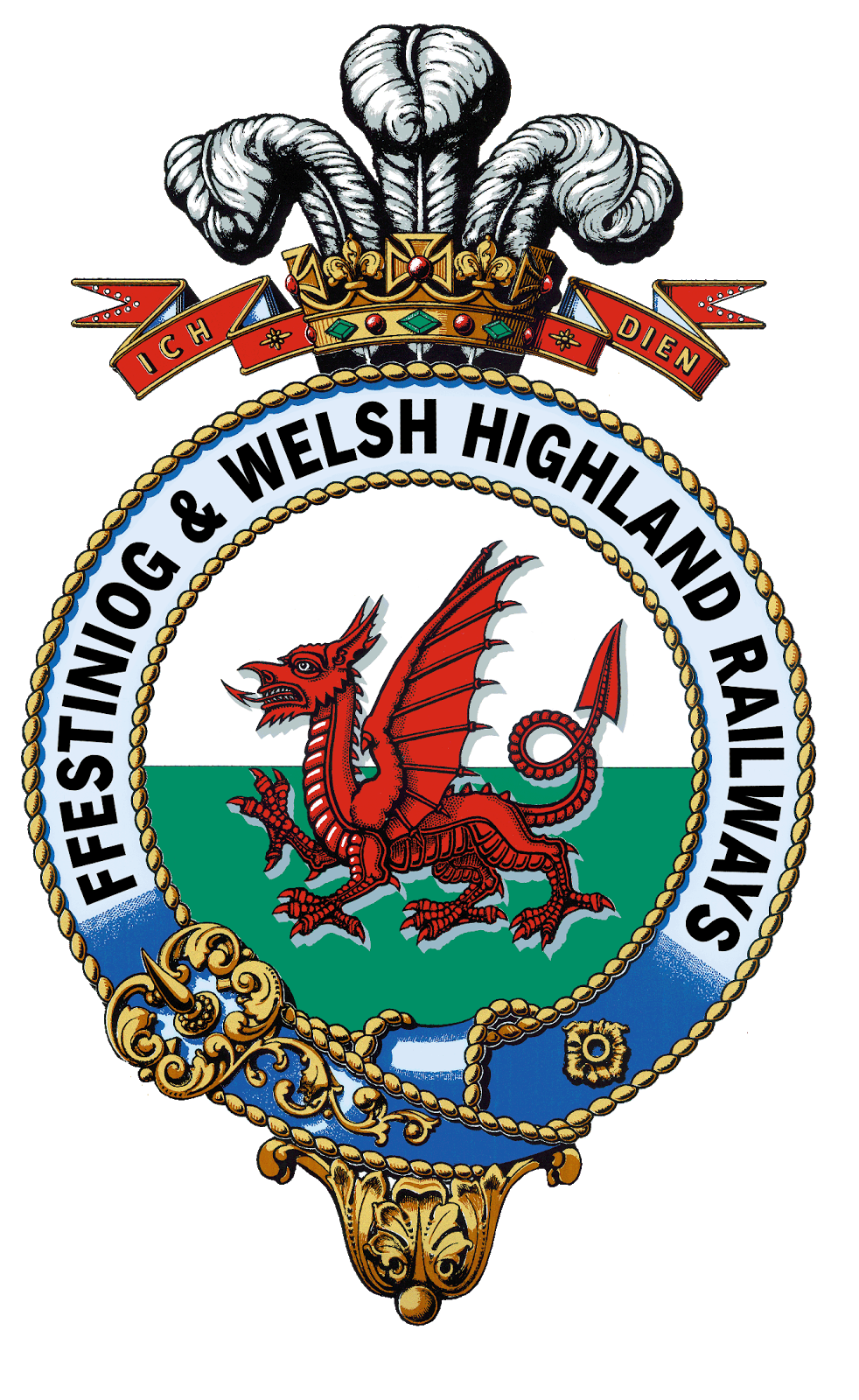The scenery front line has marched northwards to the upper end of Beddgelert station.
Himself has completely revamped the board with the River bridge. When the layout was last shown it had some experimental static grass which upon reflection was a little short, a lot too green and very train set-ish.
The old static grass taken off, carpet underlay laid and then new static grass and more scatter materials added on top. (There is still more to go on.)
Some fencing has been done down by the road as well.
Here are some long range views of two of the station boards. The scale length platform loops - which can take a 12 carr train - are spread over three boards.

Here you can see some more of the Artistic Director's handiwork on some more bridge stonework and the water tower which Himself fabricated in brass. There's more on the tower in the Model Of The Week archive which you'll find in the menu at the top right of the page.


The next board up the line towards Rhyd Ddu is still pretty skeletal and has nothing on it apart from the ballasted track, land contours, some walls and bridges. This is what Himself will be tackling next.



















































